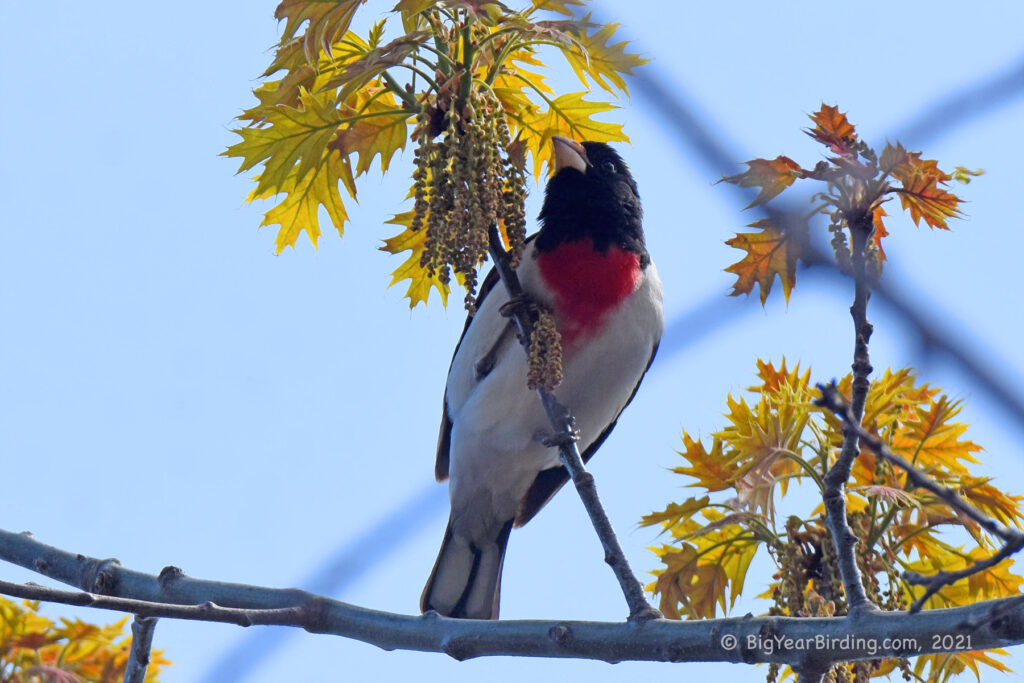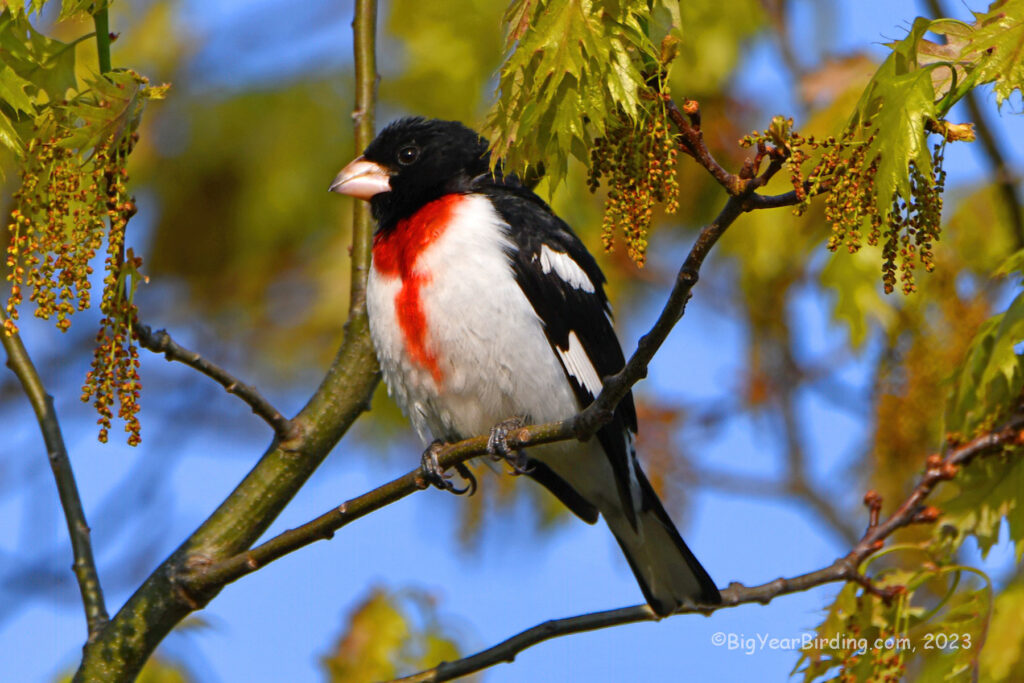
The Rose-breasted Grosbeak (Pheucticus ludovicianus) is a medium-sized songbird that belongs to the Cardinalidae family. They are approximately 7-8 inches in length, with a wingspan of 11-13 inches. The males are slightly larger than the females and weigh between 1.5-1.8 ounces, while females weigh between 0.9-1.1 ounces. The Rose-breasted Grosbeak is easily identified by its striking black and white plumage, with a bright rose-red patch on its breast. The females have a brownish-gray plumage with streaks of white and brown.
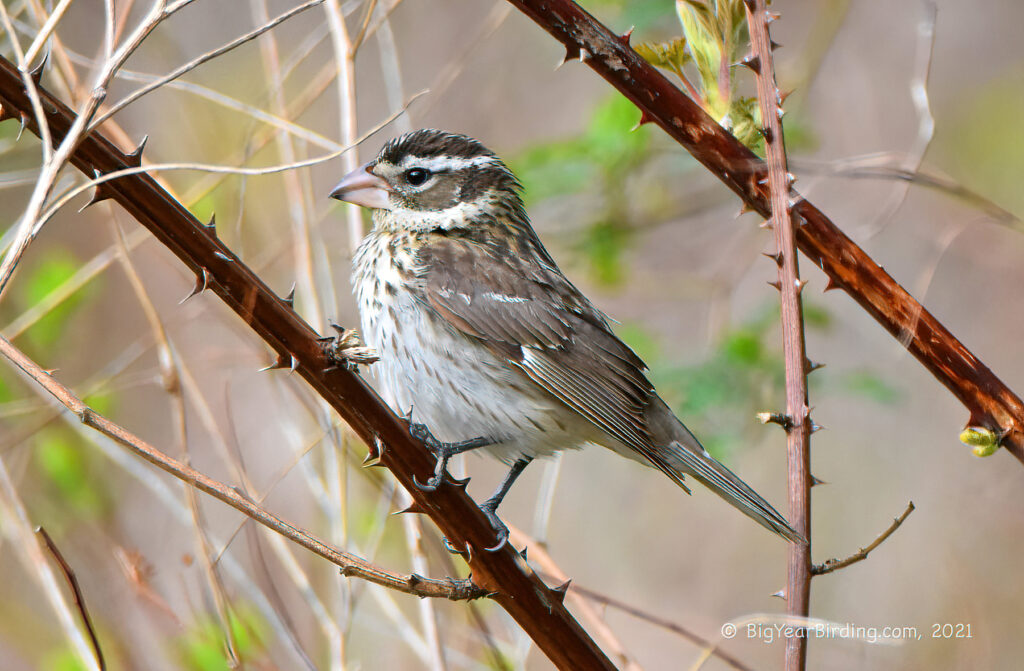
Rose-breasted Grosbeaks breed in the eastern and central regions of North America, including parts of Canada and the United States. During the winter months, they migrate to Central and South America, where they can be found in tropical forests and woodland habitats. They are known to travel long distances, with some individuals covering over 2,000 miles during migration.
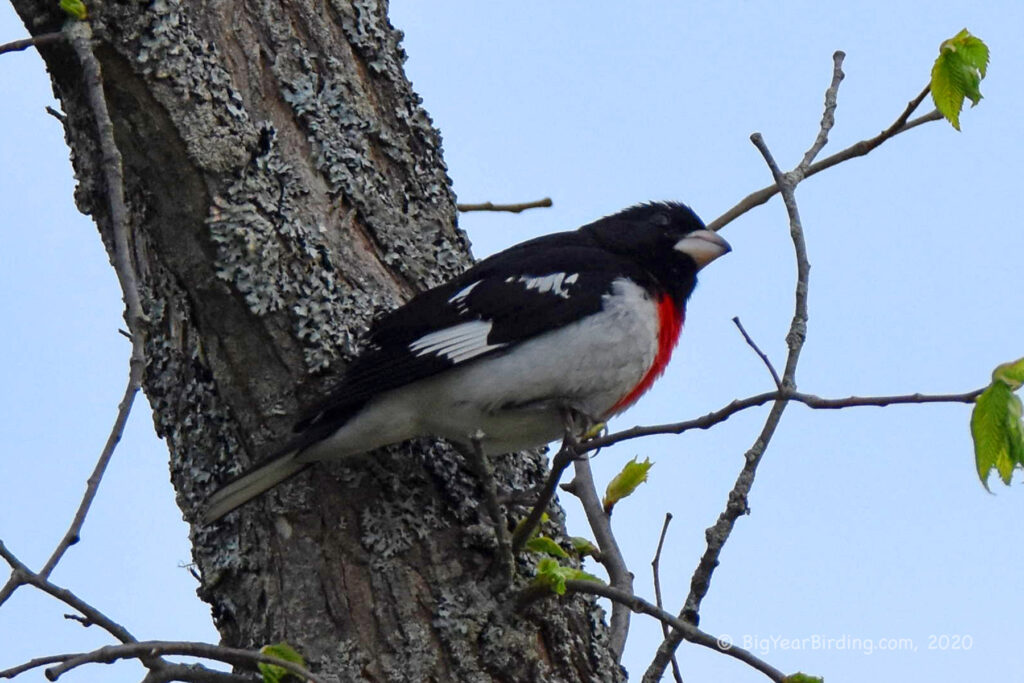
During the breeding season, Rose-breasted Grosbeaks can be found in deciduous and mixed forests, where they build their nests in the forks of trees. They are primarily seed-eaters, but also feed on insects, fruits, and nectar. They have a distinctive bill, which is adapted for cracking open seeds, and they use their powerful beaks to crack open sunflower seeds and other hard-shelled seeds.
Rose-breasted Grosbeaks are known for their beautiful and melodious song, which is a series of rich and clear whistling notes. The males are particularly vocal during the breeding season, using their song to establish their territory and attract a mate. They are also known for their acrobatic flight, which includes swooping and diving in mid-air.
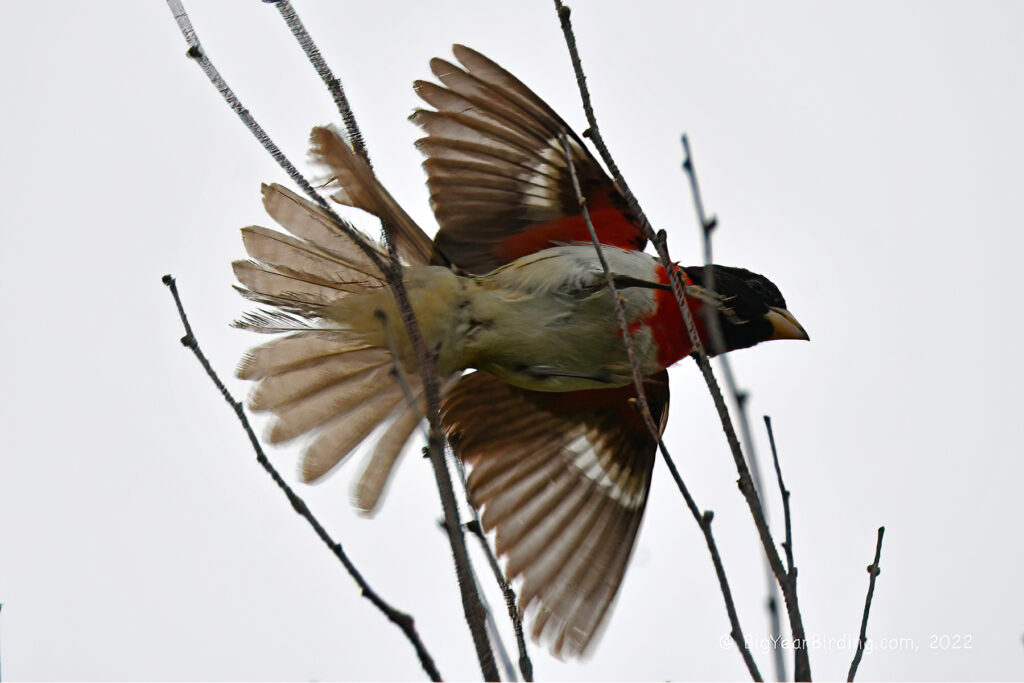
The population of Rose-breasted Grosbeaks has remained relatively stable over the past few decades, although there have been some declines in certain regions due to habitat loss and fragmentation. However, they are not currently considered endangered or threatened. Rose-breasted Grosbeaks are a favorite among birdwatchers and backyard bird enthusiasts, and their striking appearance and beautiful song make them a joy to observe in the wild.
